
Thomson Reuters’ legal arm has effectively relaunched one of its foundational products, Westlaw, by leveraging AI technology to provide a far more powerful and efficient legal research platform – and to provide a compelling response to the growing competition from rivals, both large and small.
The new Westlaw Edge platform is in effect a collection of all the best AI-driven ideas out there for the use of legal case data applied to the company’s already massive legal data store. In short, it’s a total rebuild of Westlaw with NLP and machine learning tools applied in multiple ways.
For example, they are now offering judge behaviour analysis and predictions based around responses to certain motions – classic NLP use cases. There is also an expanded and improved natural language question and answer system, also dependent upon higher levels of NLP.
But, in the longer term, perhaps of more interest than its individual attributes (set out below) is the wider market issue of how major legal tech companies are responding to the New Wave of legal technology.
The move allows Thomson Reuters now to better compete with rivals such as LexisNexis, which bought out Lex Machina and RAVEL, which do very similar things to the new Edge product. It also may help to defend its territory against the growing wave of startups such as Gavelytics, Casetext and ROSS Intelligence, which are making significant inroads into its once relatively contained market space.
The move follows other use cases for similar tech across the vast corporation, with legal AI company eBrevia recently being chosen to support automated doc review in Thomson Reuters’ managed legal services arm.
And there was a recently launched contract remediation system to help companies review and repaper legal agreements ahead of Brexit. In this case it is using AI company Logical Construct, which leverages a combination of natural language processing (NLP) and machine learning techniques to achieve its extraction results.
In short, Thomson Reuters, which is arguably a tech company as much as a legal publisher, has now fully adopted AI tech across its legal division. This in turn will rub off on the way law firms and corporates see the technology, i.e. seeing it as totally normal.
The actual benefits of the system are set out below:
– Exclusive Warnings for Invalid or Questionable Law. Modern citators that put warnings on overturned or invalidated cases are essential for research, since checking the validity of cases can take hours longer without them. But a major limitation of these citators is that they have almost exclusively addressed explicit citing relationships only, where one court overrules or invalidates the law in a prior case.
Based on sophisticated machine learning and natural language processing techniques, the new KeyCite Overruling Risk symbols in Westlaw Edge warn researchers of cases that have been invalidated implicitly, and the new symbols link researchers to the up-to-date law that contains the invalidating language.
– WestSearch Plus is a next-generation legal search engine that uses state-of-the-art AI to guide lawyers to answers to legal questions much faster. The first of its kind, WestSearch Plus uses machine learning, natural language processing, citation networks, and Thomson Reuters proprietary taxonomy of the law – the West Key Number System – to bring back the relevant documents researchers are seeking, and it also provides answers to thousands of types of legal questions in seconds.
– Integrated Litigation Analytics enable legal professionals to quickly view relevant insights on judges, courts, attorneys and law firms to help guide the best trial strategy; inform litigation timelines, resource needs and budgets; and allow for faster, more sophisticated legal research. No other legal analytics tool has as much data or as many practice areas across both state and federal courts. Litigation Analytics covers dockets for every federal case type, except bankruptcy, and it includes almost 8 million federal cases and motion analytics for 13 types of federal motions, as well as expert challenge reports.
– Statutes Compare enables researchers to see all statutory language changes with just a click of a button, and it is available for both federal and state statutes. The tool can be used to understand legislative intent for litigation or to advise clients how their business operations might need to change based on revisions in the statutes.
And no doubt there will be much more to come.
Talking to the team behind the development Artificial Lawyer was told that it had taken three years to get to this point and a huge investment of effort from the company’s data science team, especially around the machine learning for the NLP.
It’s understood also that the tech is home-grown in this case, rather than bought in from a third party.
Jeff Arvidson, director, Product Development, stressed that they didn’t want people to think this was a completely automated solution to every need, and that ‘it won’t answer every question’. He noted that the key benefit was to save time for lawyers and to make them more efficient.
‘This gives the user an ‘atomic level’ of understanding about a matter,‘ he said, referring to the ability to hone in on how a judge might respond to a certain motion in court.
‘This is very exciting and we have just reached the start. We have raised the bar here!’ he concluded.
Meanwhile, in a company statement, Khalid Al-Kofahi, vice president of Research & Development and head of its Center for Artificial Intelligence and Cognitive Computing, said: ‘[Our] AI relies on three key ingredients: content, subject matter expertise and technology expertise….what customers come to us for in the first place, and it is what we use to train our algorithms.’
‘In the case of our attorney-authored editorial enhancements, it’s the most valuable metadata to help us design algorithms that mimic legal researchers,’ said Al-Kofahi. ‘Our subject matter experts – both attorneys and scientists – ensure that we design optimal solutions to the right set of problems.’
‘On top of the natural patterns that appear in the law, Thomson Reuters attorney editors have integrated advanced editorial analysis and other enhancements. By tuning our AI to the West Key Number System, citation networks and other attorney-authored content, our legal and technology experts have created something that no other legal research provider relying on AI and raw data alone could ever make, allowing machines to connect related information and documents to find answers even when search terms don’t match the language used in the original court document,’ added Al-Kofahi.
—
Here is a short video about what is now on offer:
And, below are some snapshots of how the system works and what you can do with it.


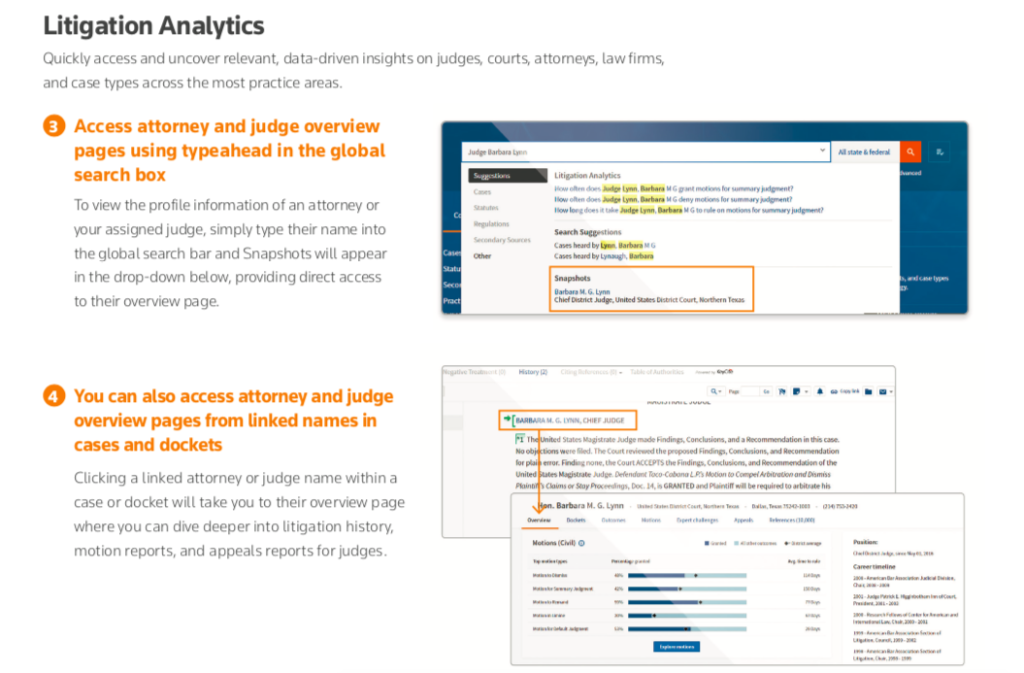
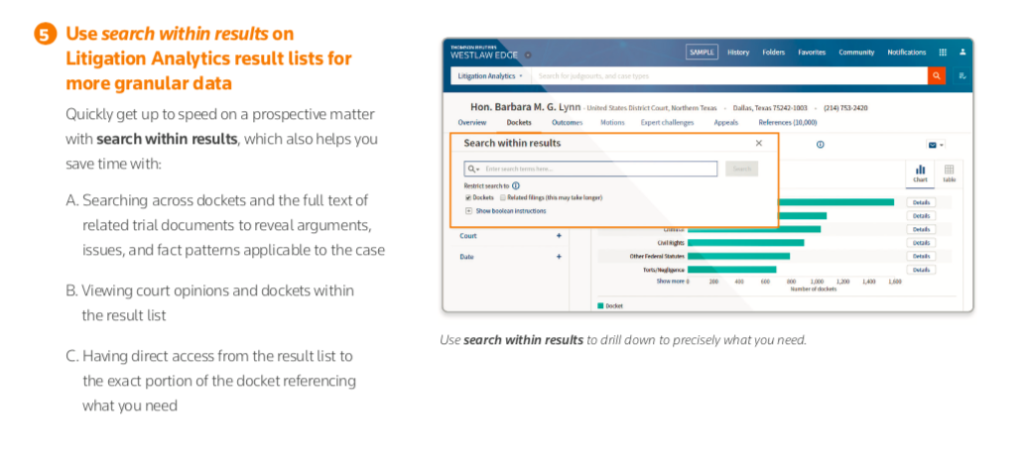
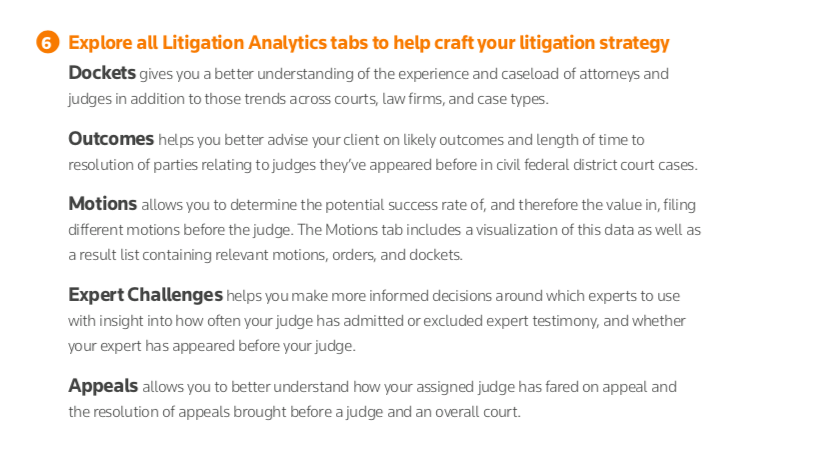
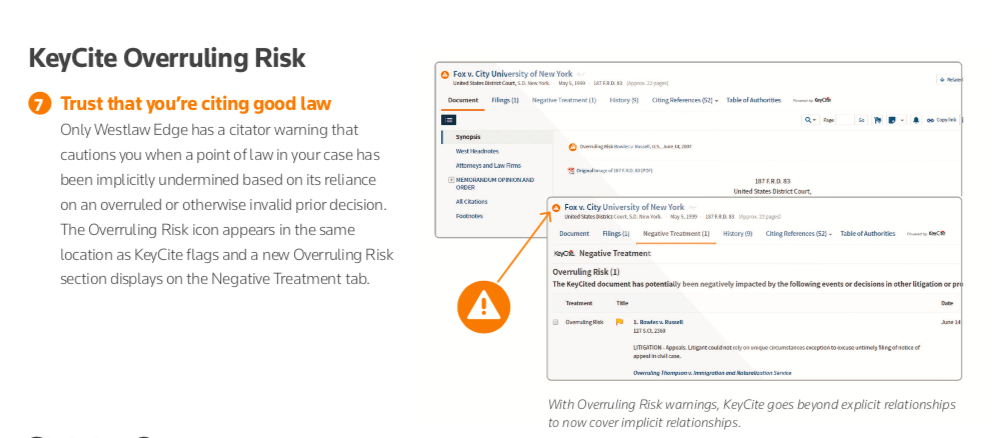
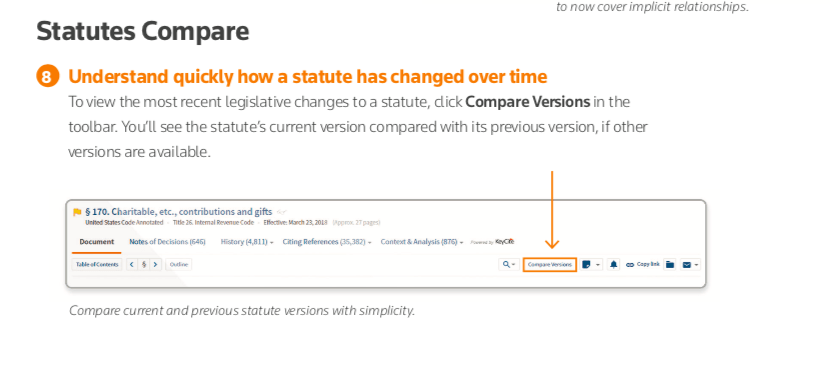
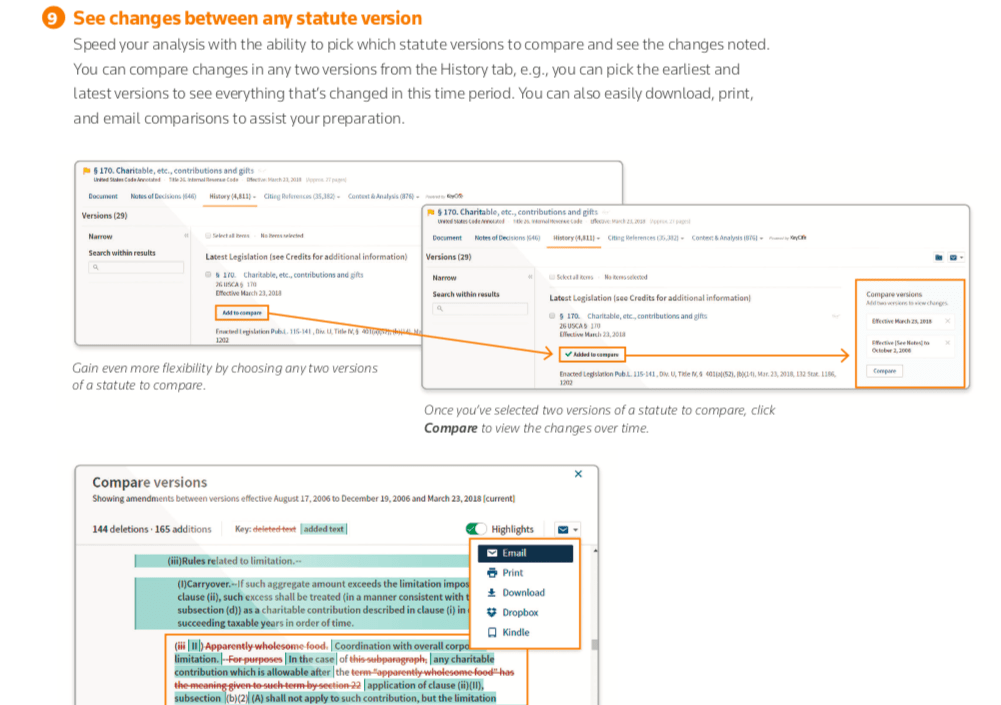
3 Trackbacks / Pingbacks
Comments are closed.